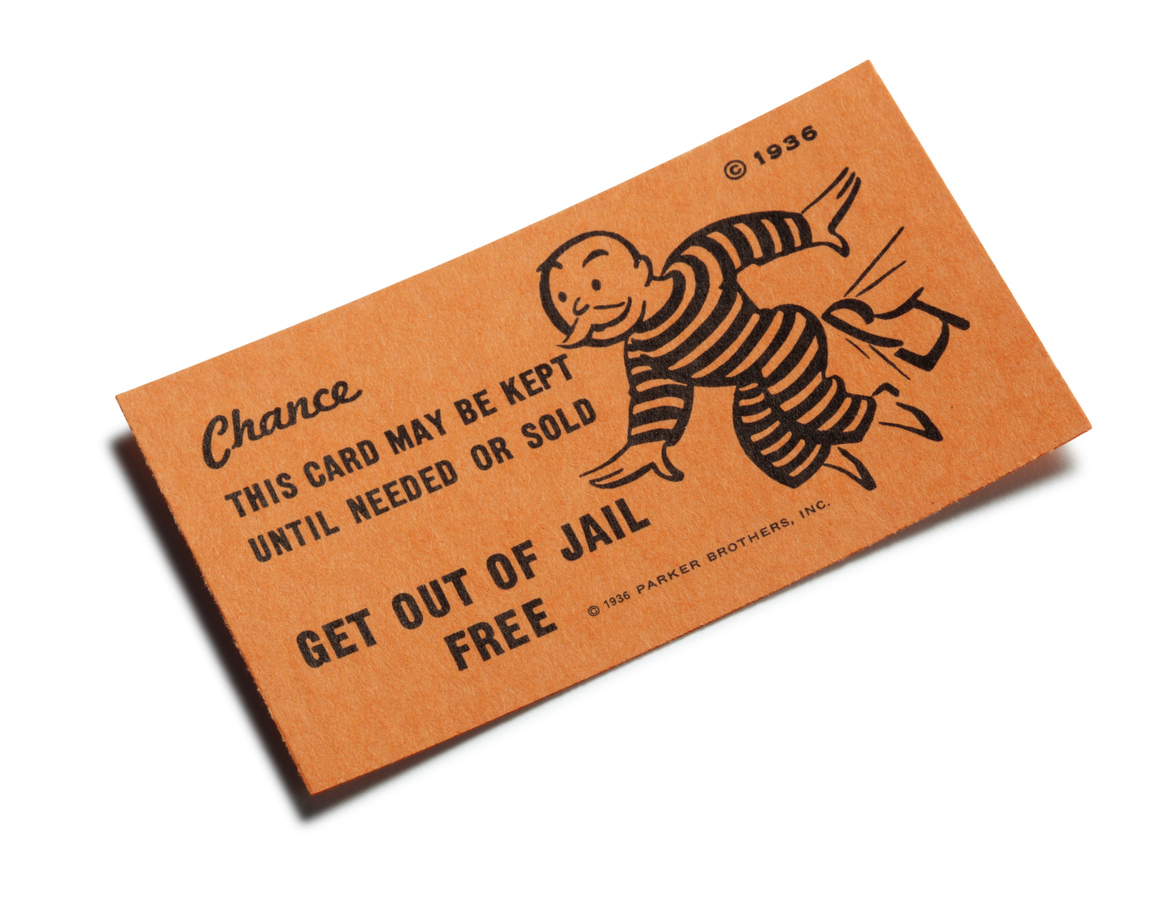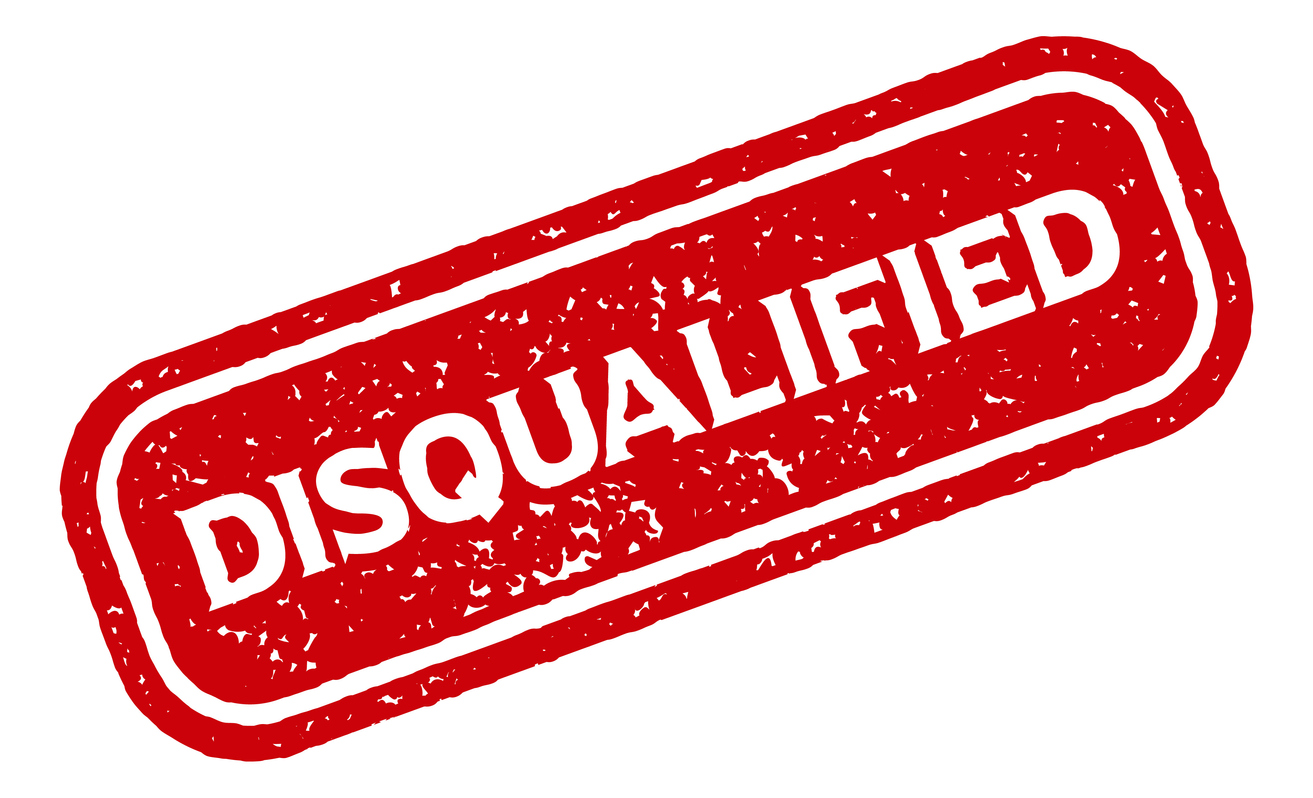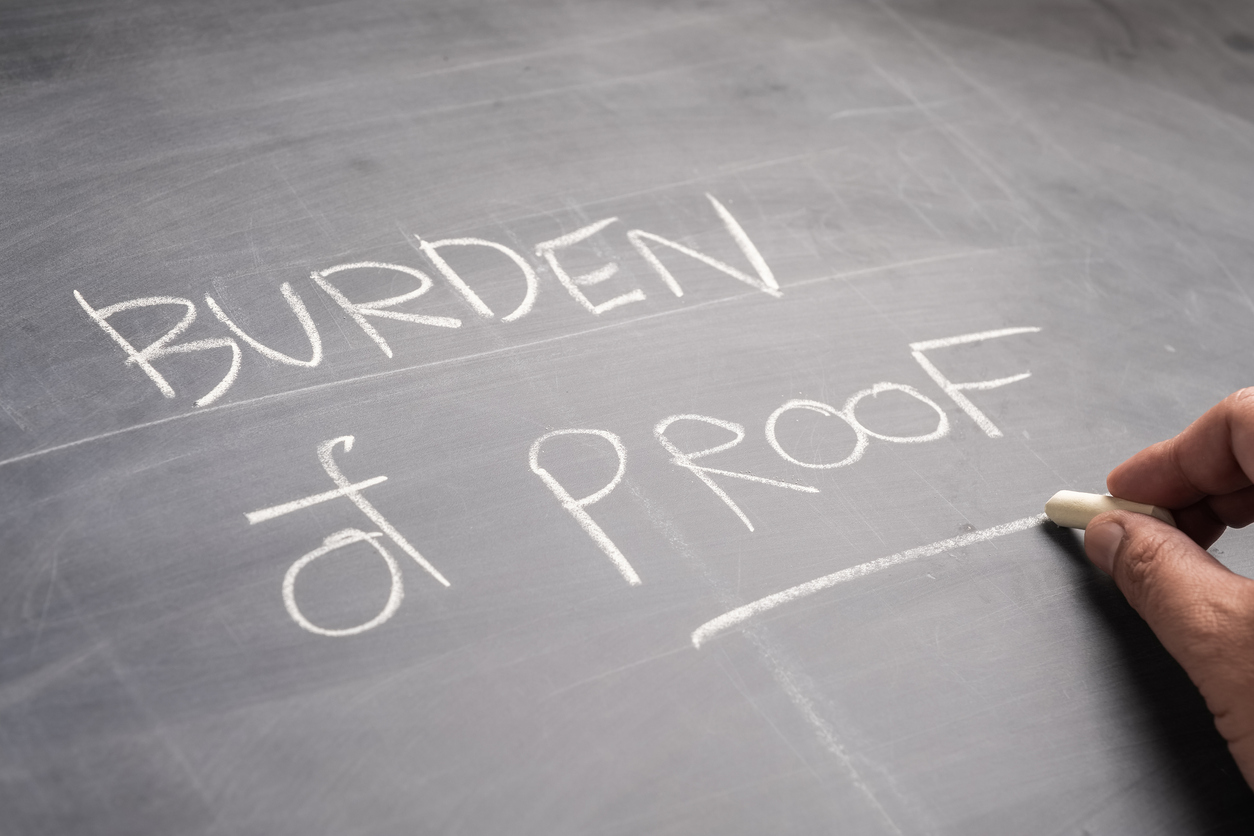I have to admit, I missed this story when it first came out a few weeks ago. Although State Farm did not admit wrongdoing, read the article and draw your own conclusions (the italicized portions are key). As reported by The Dallas Morning News on February 27, 2015:
State Farm to refund $352 million to Texas customers
By Terrence Stutz
AUSTIN — State Farm Insurance agreed Friday to refund $352.5 million in premiums to Texas customers, a long-awaited victory for consumers after a 12-year legal battle over homeowner rates the state deemed excessive.
Average refunds for longtime customers are projected to range between $200 and $300. An estimated 1.2 million Texas homeowners are expected to receive refunds in the case. The massive settlement came after lengthy negotiations involving the company, Texas Department of Insurance and the Texas Office of Public Insurance Counsel.
State Farm repeatedly denied it overcharged its policyholders dating back to 2003. But company officials gave in after failing to win a court ruling to overturn the insurance commissioner’s original order for refunds. That order accused the company of setting its premiums for homeowners insurance far above what was necessary to earn a reasonable profit.
Public Insurance Counsel Deeia Beck, whose agency represents insurance consumers, called the agreement a fair deal for customers who have waited years to get refunds on the overcharges.
“OPIC is very pleased to settle this long-standing rate dispute with significant refunds to policyholders,” Beck said.
Her office has frequently clashed with State Farm over homeowners rates, notably in recent years when the company recorded healthy profits while charging some of the highest premiums among large insurers.
State Farm officials said that their rates have always been legal and financially appropriate. But Patti Kelly, a spokeswoman for the insurer, said the settlement “allows us to focus on serving our customers and move forward without additional expense and distraction of continued litigation.”
She said precise refund amounts will be determined over the next few months, and policyholders will be mailed refunds over an 18-month period.
Profitable 2013
State Insurance Commissioner David Mattax voiced satisfaction with the agreement, saying it would return money paid by State Farm policyholders “who were charged too much for their homeowners insurance.”
The legal battle between State Farm and the insurance department began in the fall of 2003, shortly after the Legislature passed a massive insurance overhaul that called on most home insurers to lower their rates. State Farm was the only major company that refused to do so. It immediately filed suit to block the rate reduction and refund order.
After several court hearings and legal skirmishes over issues related to the case, a state judge in 2011 upheld the order for State Farm to reimburse its customers nearly $350 million for overcharges between 2003 and 2008.State Farm then appealed that decision to the 3rd Court of Appeals, saying the payout would threaten the company’s financial stability. But the case was sent back to the insurance commissioner for recalculation of some of the refunds.
A report from the insurance department last year indicated that State Farm had a very profitable year in 2013, after paying out just 40.2 percent of its premiums to cover property losses. The company’s “loss ratio” was better than the state average of 44.8 percent for the largest insurers and significantly better than the 60 percent loss ratio that is a benchmark for profitability in Texas.
Still, State Farm Lloyds, the company’s homeowners subsidiary, boosted rates an average 9.8 percent last year. Beck objected to that rate increase, but her protest was ignored by former Commissioner Julia Rathgeber, who recently stepped down from the post to go to work for Gov. Greg Abbott.12-year dispute
In the 12-year-old rate dispute, Beck originally estimated that State Farm owed its customers nearly $1 billion for the overcharges. But former Commissioner Mike Geeslin pegged the company’s liability at $310 million in refunds plus interest.
“While we argued for an even larger amount, at the end of the day it comes down to what is best for policyholders,” Beck said Friday. “We could have continued the litigation for years resulting in larger refunds, no refunds or something in between. Given all of the considerations and risks involved, we concluded that a settlement at this time on our agreed terms was in the best interests of policyholders.”
The consent order signed by all parties stated that State Farm “does not admit that its rates were excessive or unreasonable for any period of time, and enters into this consent order to settle all claims against it and to avoid the expense and uncertainty of continued litigation.”
Alex Winslow of Texas Watch, a consumer group that follows insurance issues closely, said the company should have accepted responsibility for excessive premiums years ago.
“The State Farm saga demonstrates why stiff and meaningful penalties are necessary to ensure that companies honor their obligations and policyholders are treated fairly,” he said.
State Farm Lloyds collects about $1.9 billion a year in homeowner premiums in Texas. It also holds nearly 27 percent of the home insurance market in the state.
Who gets refunds and when:
REFUNDS ARE for homeowners, renters or condominium owners who had policy with an effective date from Sept. 7, 2003, through May 31, 2008. Also included are those who had a policy renewed with effective dates from June 1, 2008, through July 31, 2008.
REFUND SIZE depends on the premium paid, how long the homeowner had a policy with State Farm Lloyds — the company’s homeowners subsidiary — and in which years the policy was in force.
STATE FARM will mail refund checks, — which include interest, to those who are eligible. Refunds will not be issued as credits on existing State Farm policies.
STATE FARM expects the payments will be made later this year. All payments must be made by Sept. 1, 2016, unless the state suffers an extraordinary weather event, such as a hurricane.
REFUND CHECKS will be sent to the billing address of each current State Farm policyholder who is eligible. Those no longer with State Farm will have a check sent to their last known address.
IF YOU’RE a former State Farm policyholder who has moved, review information provided by State Farm at www.statefarm.com/ texasratesettlement.



